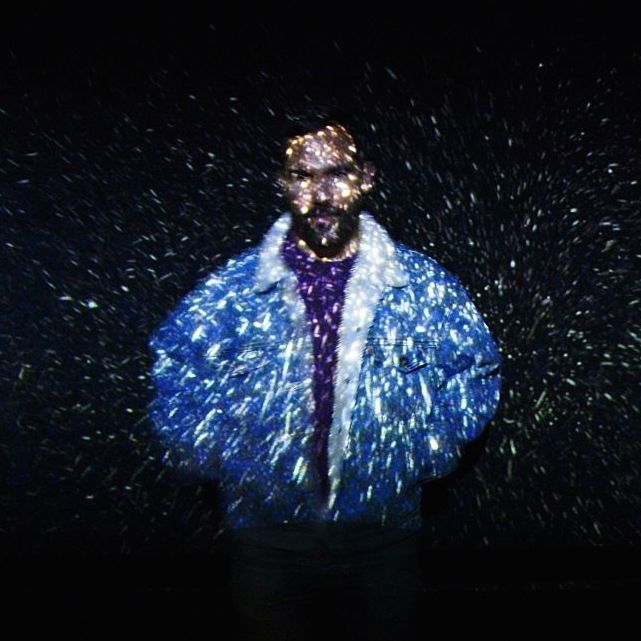PHOTOS & SPANISH VERSION BELOW
Set in the rural heart of Eastern Tuscany, and despite not having the historical heritage of its sisters Lucca and Florence, Arezzo preserves a beautiful medieval town and a pleasant lifestyle, hiding also charming corners that still remind of its splendid past. This town, which was home to geniuses like Petrarca, Masaccio, Piero della Francesca and Vasari, becomes today key to discover the more rugged face of the so-called region with the soft hills. It also became a lucumonia, that is to say, one of the twelve capitals that shaped the Etruscan League. Due to the quality of its clays, Arezzo was famous for its ceramics. Additionally, many scenes from the film Life is Beautiful by Roberto Benigni were filmed there, too.…











